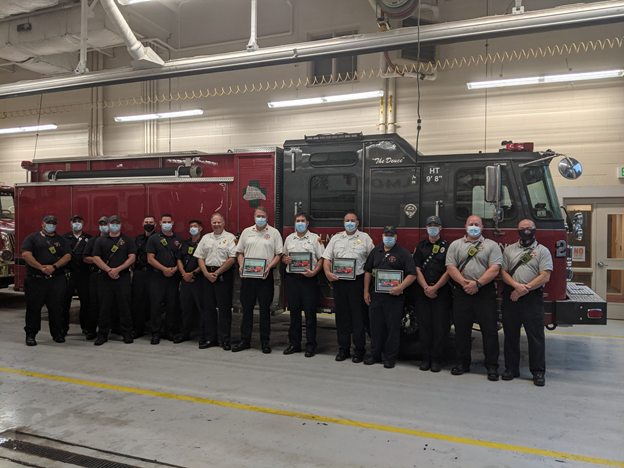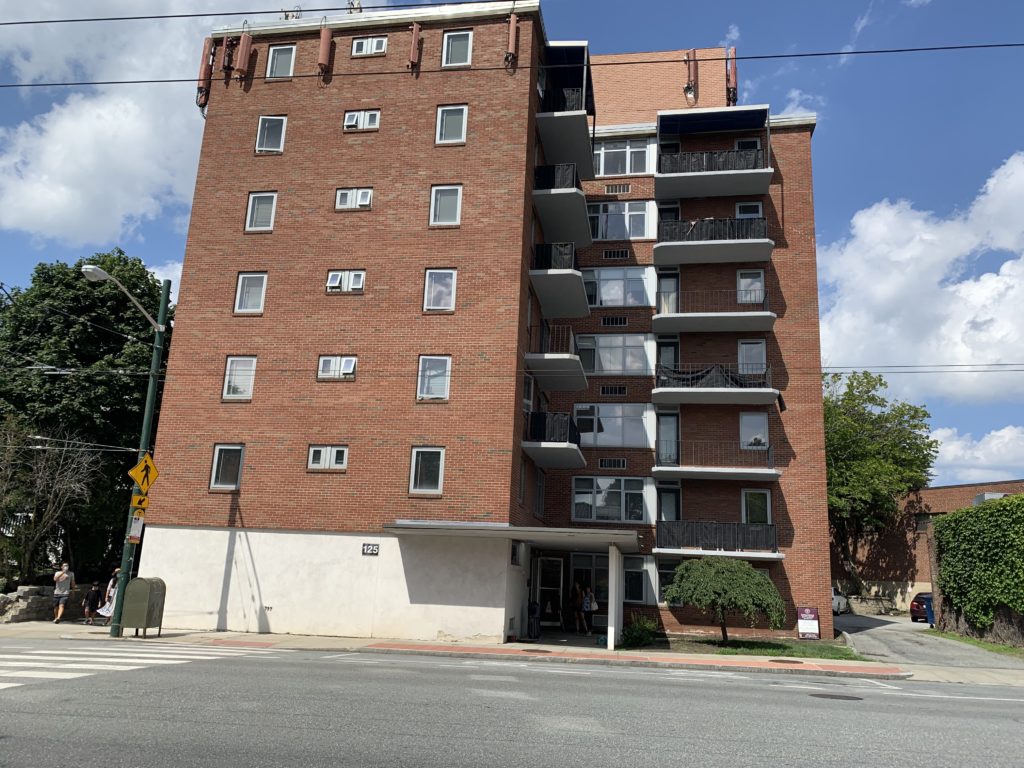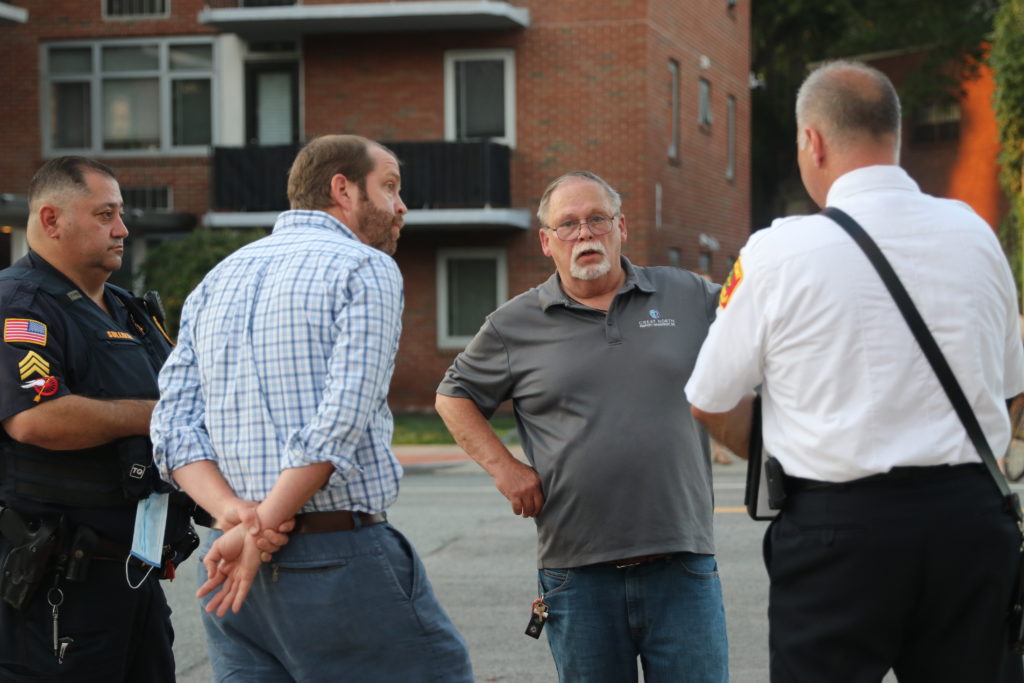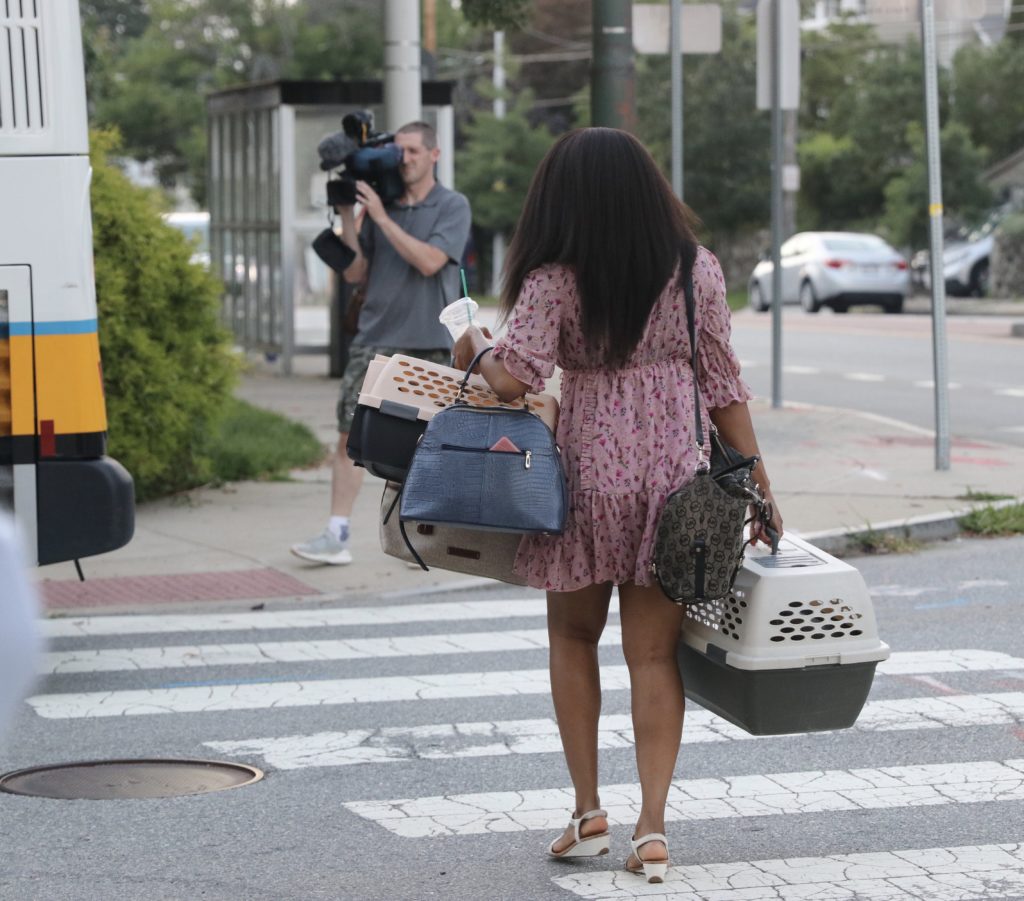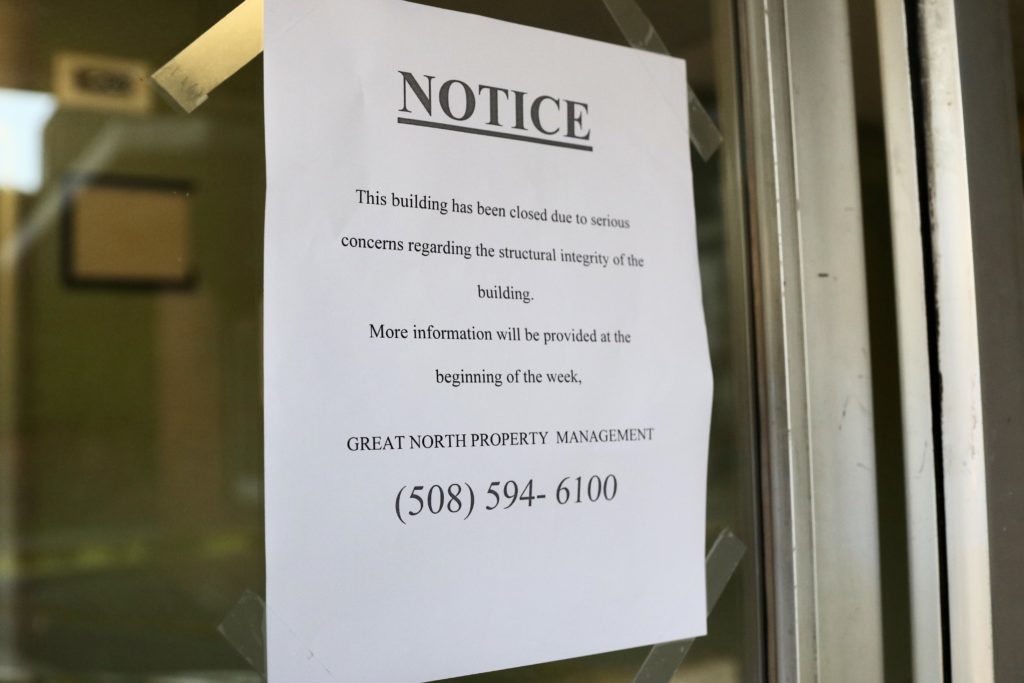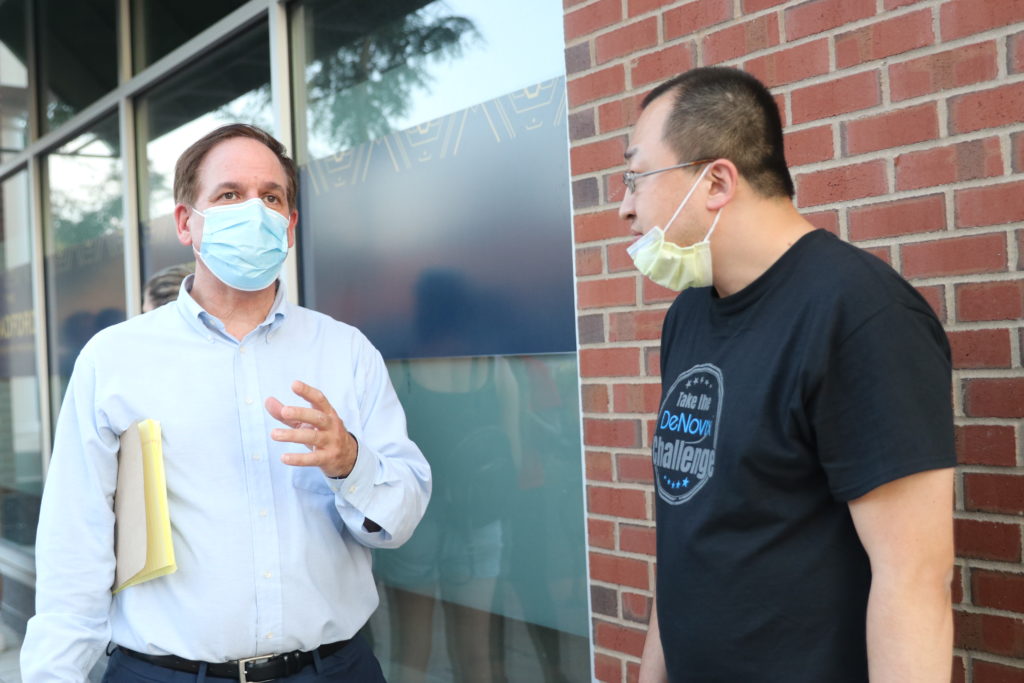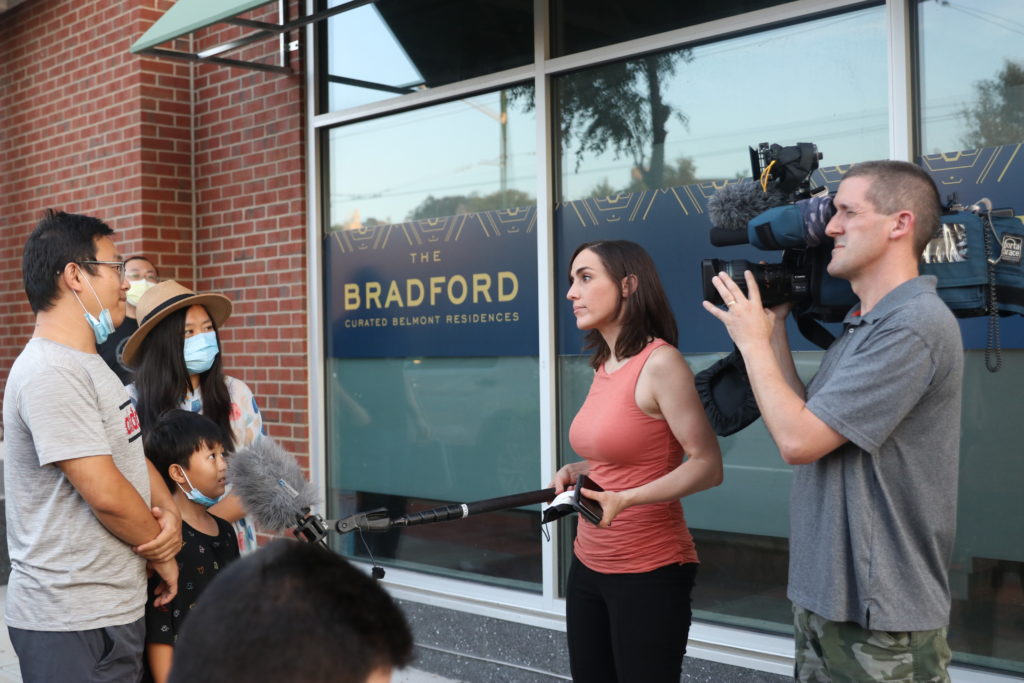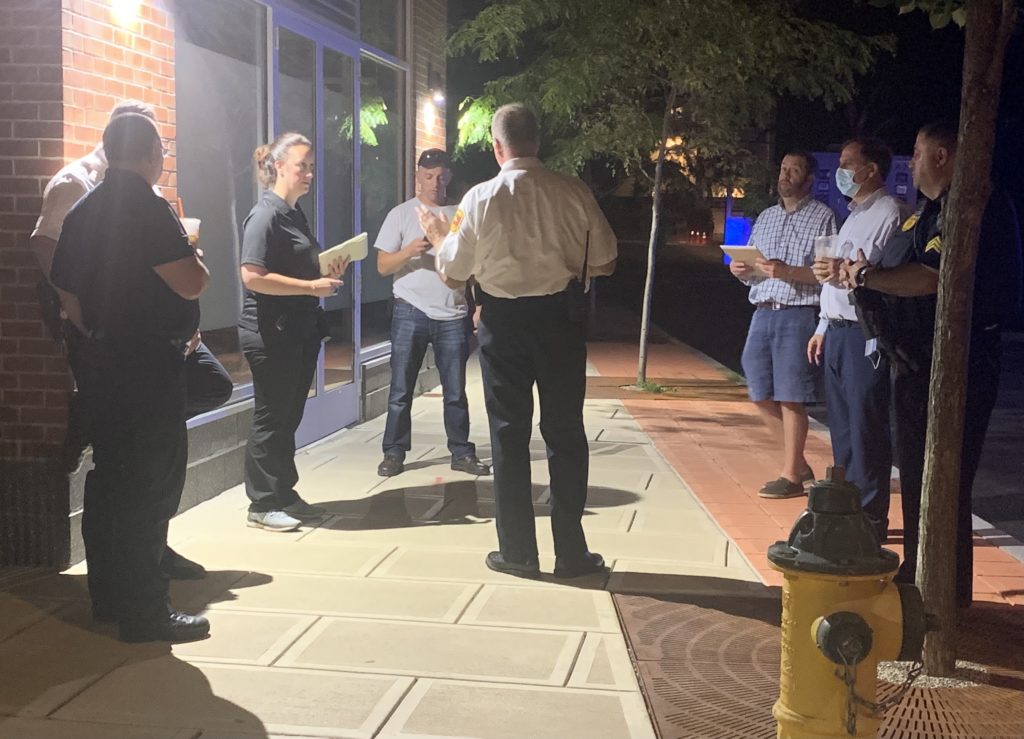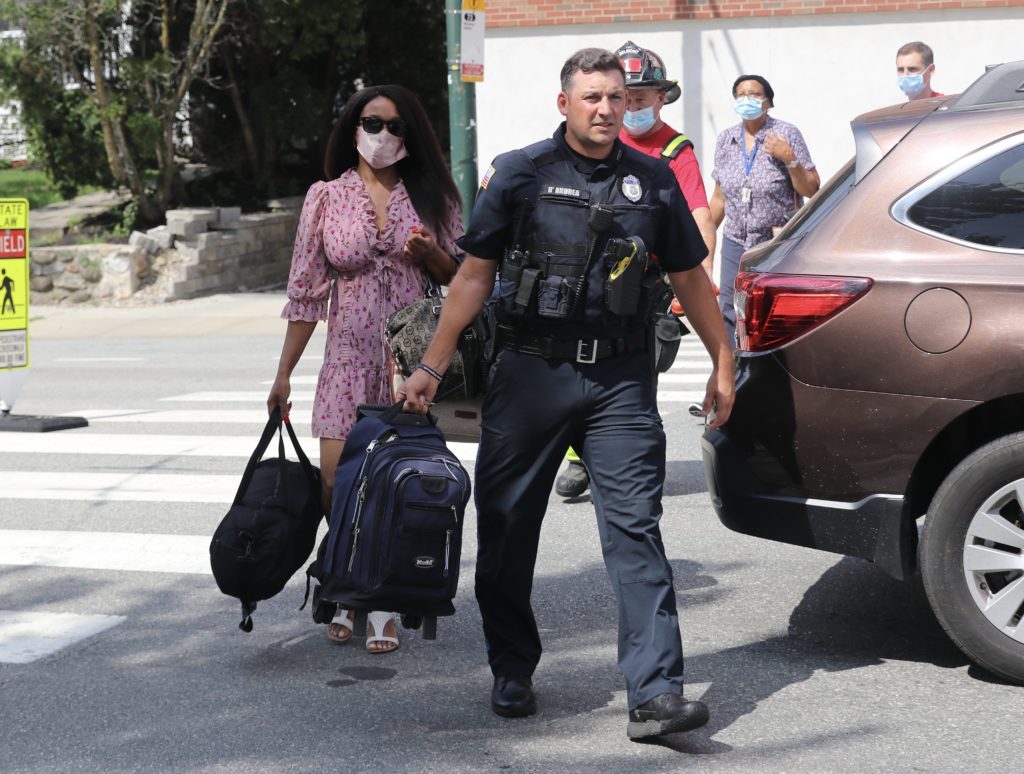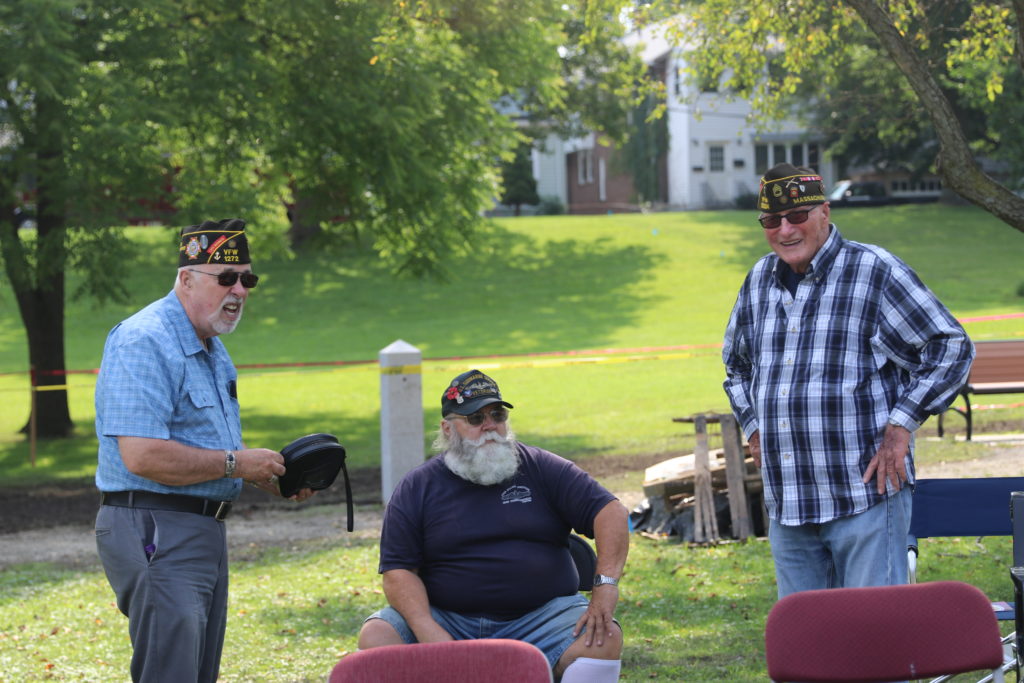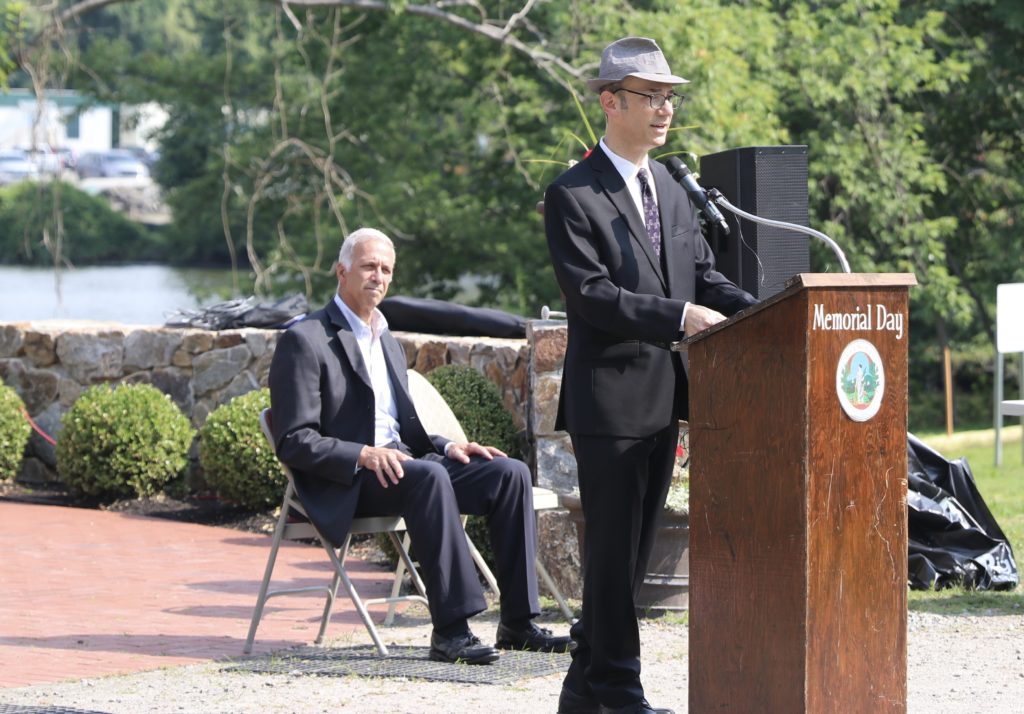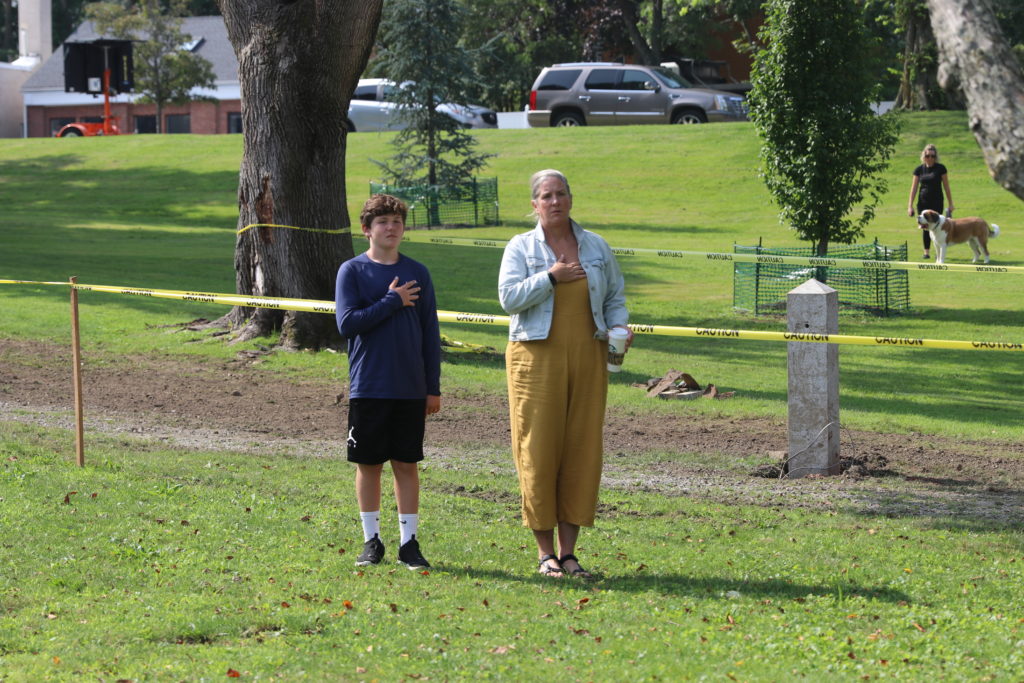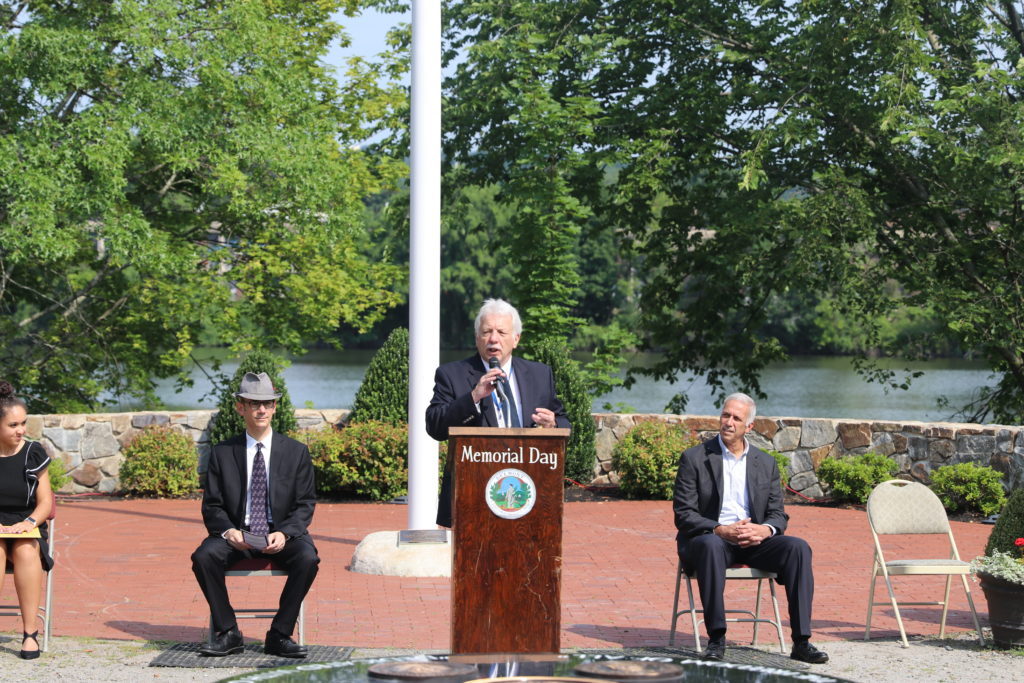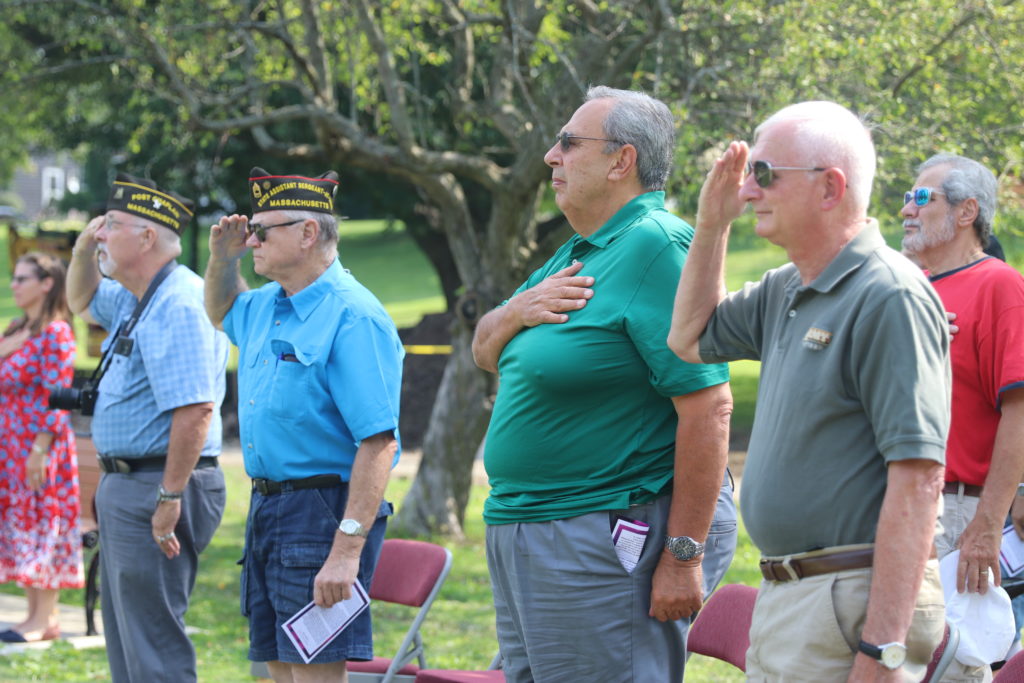Photo: Belmont Fire’s new Engine 2
It didn’t take long for Belmont Fire to get to use its newest apparatus. Just minutes after the department placed the 2021 E-One pumper in service on Aug. 19, the newly dedicated Engine 2 responded to its first alarm from its new home on Leonard Street in Belmont Center for a flooded basement.
And the department has a pretty versatile truck. The pumper features a 1,500 gallon per minute pump, integrated foam delivery system, and has been configured to support the diverse missions of the modern fire service. In addition to its firefighting capability Engine 2 has the capability to support hazardous materials responses, technical rescue incidents, and provide advanced life support medical care.
“Together with a crew of skilled firefighters this truck optimizes our service capability and keeps our residents safer with the latest technology,” said Belmont Fire Chief David DeStefano at the dedication, joined by the Select Board’s Roy Epstein. “Based here at Station 2 this company protects half of the entire town with rapid response and efficient service.”
DeStefano thanked the firefighters for their commitment to the department, especially those who served on the committee that wrote the specifications for the apparatus: Assistant Chief Wayne Haley, Capt. Andrew Tobio, Capt. Robert Wollner, Lt. Gerrard Benoit and firefighter Ross Vona, as well as Belmont residents for their support in funding the purchase of the truck.
